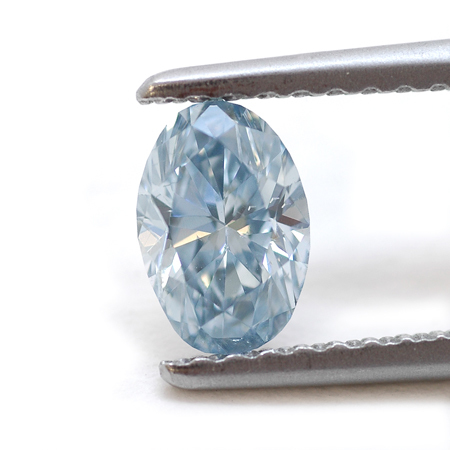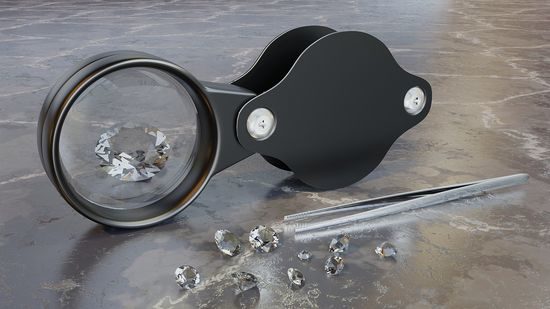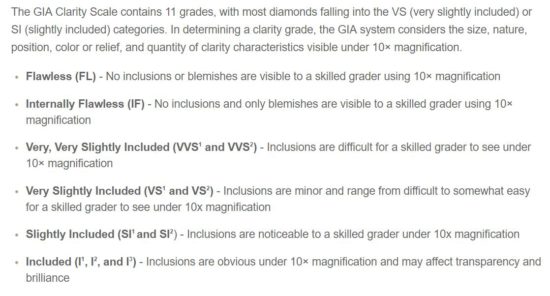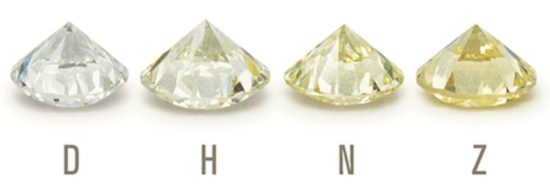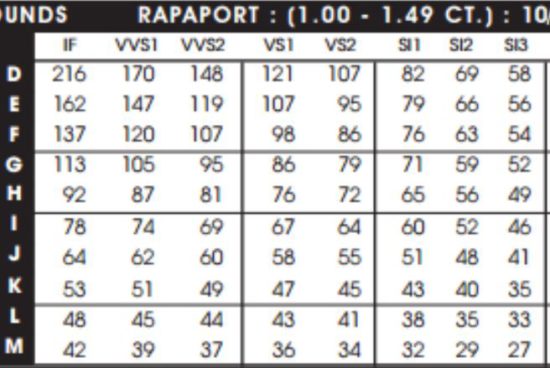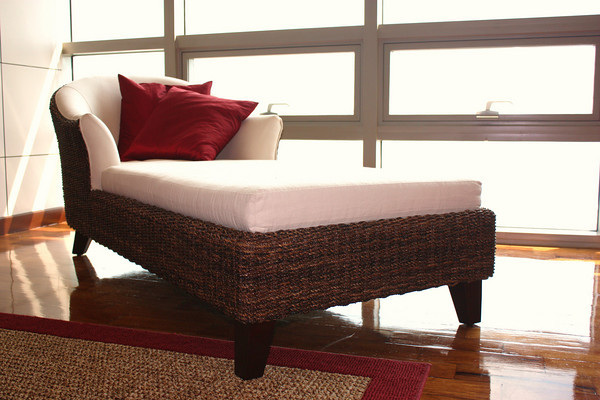Hello friends – Can you believe I’ve been in India 6 weeks already? I continue to be shocked by how fast the time is moving and how each week seems to hold some fascinating new learning opportunity. This week’s adventure: Taking a 2 hour course on learning how to buy a diamond! Adding to the coolness factor was that it took place at the Bharat Diamond Bourse, the world’s largest diamond exchange (which just happens to be right in my neighborhood). The compound is massive and houses offices for 2500 diamond wholesalers!
During our class we learned about how to evaluate a diamond using the 4 C’s and then got to use a diamond loupe (a little magnifying glass) to look at quality differences between different diamonds. I was absolutely engrossed. And because I love you, I’m going to share all my learnings with you. :)
Here’s the 6 step process we were taught to use when buying a diamond:
 1. Ask for the Kimberley International Certificate. This ensures that you are not buying a “conflict diamond” and enables you to use International standards (not some company-defined one) to evaluate the diamond. If the company selling the diamond can’t or won’t provide this certificate, don’t buy from them. It’s that important.
2. Using the Certificate, look at what the CLARITY GRADE is. A clarity grade is a parameter that evaluates how many inclusions (internal flaws) and blemishes (external surface flaws) a diamond has. A diamond without any obvious inclusions at 10x magnification is considered flawless. I’ve included the 11 different clarity grades below. My trainer recommended never buying below a SI1.
3. Using the certificate, look at what the COLOR GRADE is. The color grade tells you how white the diamond is. Colorless or pure white diamonds are considered the best (a D grade). The highest rating is a D (colorless) and the lowest is a Z (light yellow or brown). Here’s a picture to highlight the differences. My trainer recommended never buying below a J.
4. Using the Certificate again, look at what the CUT GRADE is. A cut grade is a parameter that evaluates the cut, polish and symmetry. There are 5 possible grades: Excellent, Very Good, Good, Fair and Poor. According to my trainer, you should never buy a good, fair or poor grade diamond.
5. Calculate the market price using the Rapaport Diamond Pricing List. Start by selecting the list that is relevant to the diamond shape you are purchasing. The lists are segmented by shape and weight categories. Commonly purchased categories are: .5-.99 Carats, 1-1.49 Carats, 1.5-1.99 Carats, 2-2.49 Carats, etc. Here’s a sample of a Rapaport Round List for 1-1.49 CT diamonds. Note that is is shown in 100s so we need to add two zeros.
Let’s say you were looking to buy a 1 Carat G grade, VS1 diamond. Using the chart above, you’d find the intersection of G and VS1 to be 86 and add two zeros. So the price per carat should be $8,600. Since we’re looking for a 1 carat diamond in our example, that would be the market value of the diamond we were looking at. If we were getting a .75 carat diamond we’d multiply $8,600 by .75 to get the market value. Please note: All diamond prices are calculated internationally in dollars.
6. Compare the seller’s price against the market value you calculated. If the seller’s price is lower than the calculated market value, ask them to explain why. It’s likely that the diamond either has Blue or Green Fluorescence (a tint) or that the stone is milky (opaque). My trainer said that she’d recommend buying a diamond with None or Faint Fluorescence but NEVER Medium or Strong (unless you really liked the color). She also recommended NEVER buying a milky diamond because usually the whole point of buying a diamond is to get one that has beautiful clarity.
If the seller’s price is in line with your calculation then you’re probably getting a good deal. Assuming this is a big diamond trader, they are likely getting 25-30% discounts due to economies of scale. They are then adding in a 25-30% markup, leaving you back at the original market value you calculated. You should negotiate based on this information.
Some Things to Know
The best value for your money lies in the middle of the price ranges. In fact, there’s a 20% increase in price when getting a 1 carat diamond vs a .99 carat one. And seriously, who will ever know the difference? Our trainer’s recommended size ranges that give you the best value for your money are:
.8 – .99 carats
1.20-1.30 carats
1.70-1.80 carats
2.25-2.35 carats
The trainer also recommended this combination as the best value for what you get:
Clarity Grade: VS1
Color Grade: G or H
Cut Grade: Excellent or Very Good
I hope you enjoyed the diamond buying lesson. Wasn’t it fascinating? This was definitely a topic I knew nothing about. Do let me know if any of you put this knowledge to use purchasing your own diamond!
